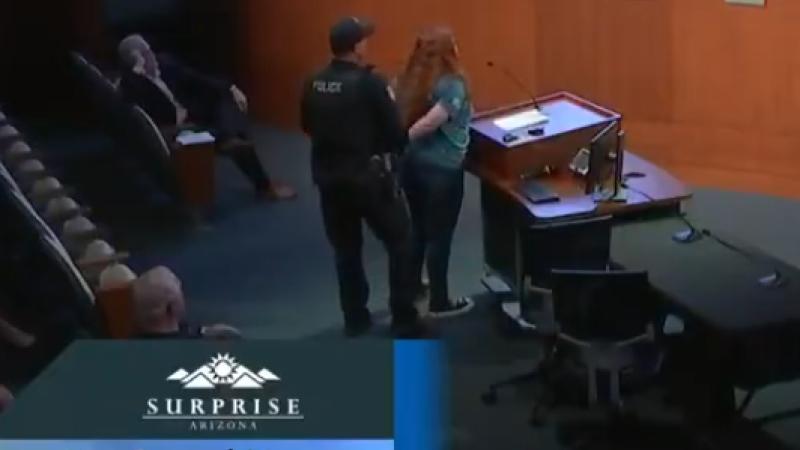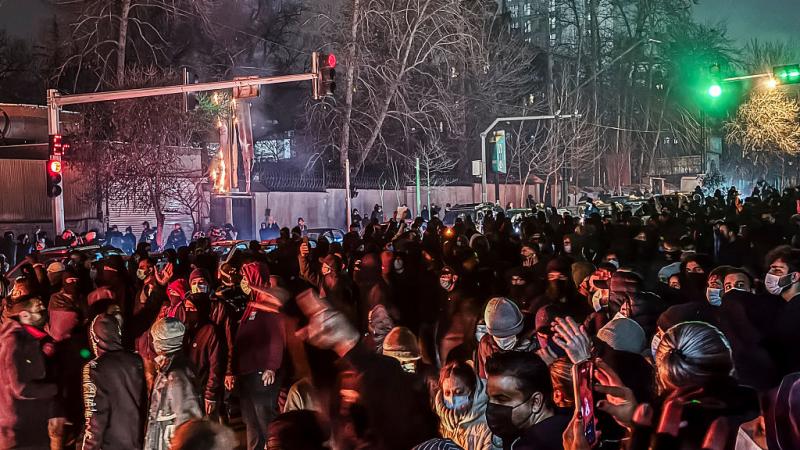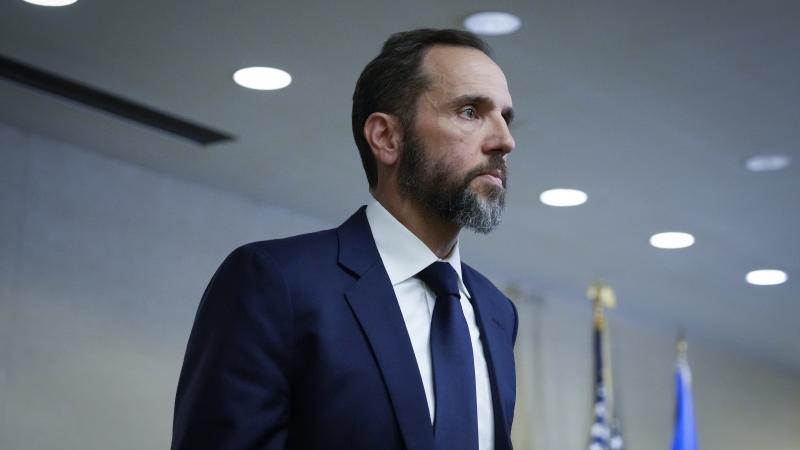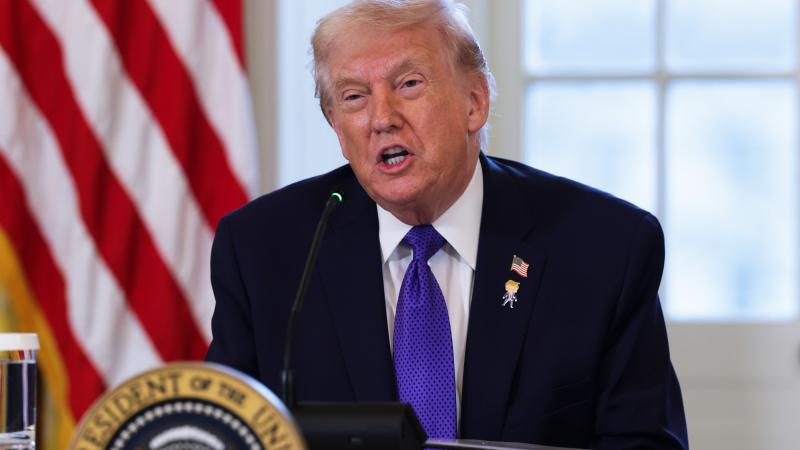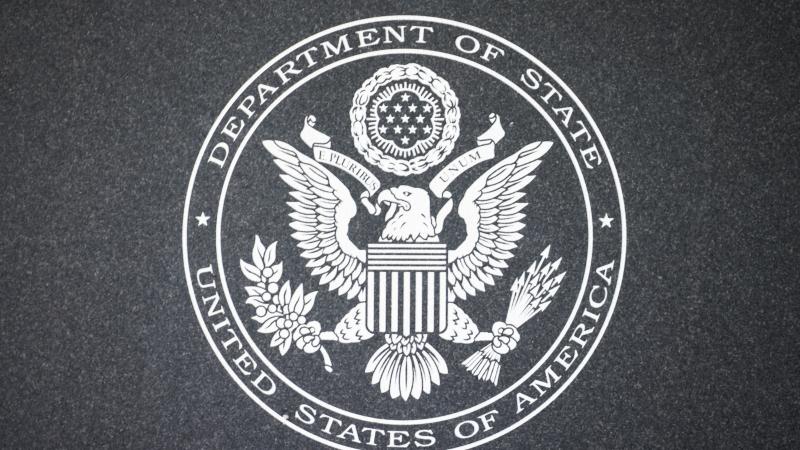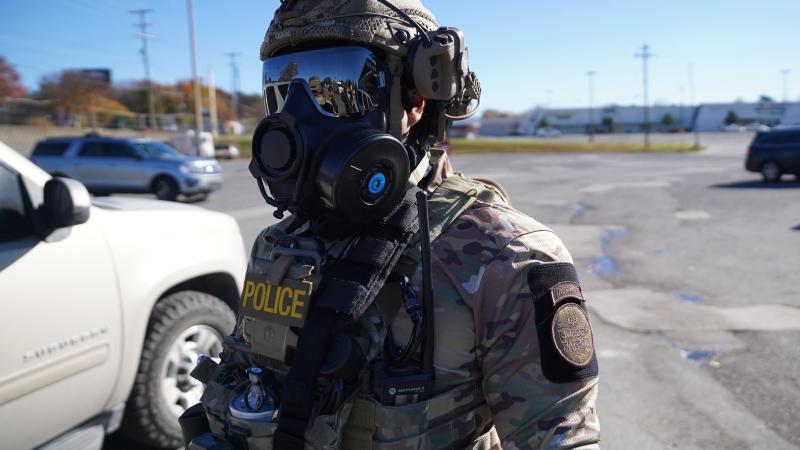Final guidance released for cellphone-free education in Virginia
The department says the policy will “ensure” a “distraction-free environment” for learning while reducing the “alarming mental health crisis” and other health conditions impacting students.
The Virginia Department of Education released the final guidance for K-12 public schools' cellphone-free education policy following an executive order issued by Gov. Glenn Youngkin.
The department says the policy will “ensure” a “distraction-free environment” for learning while reducing the “alarming mental health crisis” and other health conditions impacting students.
The final guidance underscores that cellphone-free education is defined by “bell-to-bell,” meaning students’ cellphones should be turned off and stored at the beginning of the “first bell at the start of the school day to begin instructional time until the dismissal bell rings at the end of the academic school day,” to include lunch and passing periods.
Youngkin issued Executive Order 33 in July, which directed the Education Department to “initiate a robust public engagement effort” between students, parents, teachers, local school leaders, and stakeholders in developing “policies and procedures” to establish the “age-appropriate restriction or elimination” of cellphone use during “instructional time.”
In response to a call for public comment, the department received nearly 6,000 through public engagements, 21 stakeholder convenings and “public Commonwealth Conversations” with over 1,100 Virginians.
The department says public comments “reinforced the importance” of the “bell-to-bell” policy. It says the policy would help teachers focus on instruction rather than discipline. The department says it will ensure students submit “authentic work” while providing opportunities for students to “develop critical communication skills.”
Further, families hoped the new policy would shift focus to learning rather than “get caught up in the drama that social media often causes during instructional hours.”
Youngkin applauded the final guidance, saying it would create a healthier learning environment.
“This guidance from the Virginia Department of Education is an important step toward creating a healthier learning environment where students can receive a quality education free from harmful distractions,” said Youngkin.
The department also addressed concerns regarding phone-based health monitoring apps. The guidance includes exceptions for students with medical needs that may require an exemption from the policy to be included in their Individualized Education Plan, 504 plan, and individualized health care plans.
The department said many students submitted comments expressing their desire to use phones during lunch. However, the department says “it is essential that students have the opportunity to develop face-to-face conversation” and “critical in-person communication skills during unstructured school hours.”
The guidance addresses concerns that parents are unable to communicate directly with their children in emergencies and nonemergencies. Parents highlighted the ability to contact their children during school-based emergencies, including lockdowns.
The department provided clear guidance for parental communication during “school-based” and family emergencies, including nonemergency communications protocols.
The guidance calls for establishing a task force “to support school and division leaders with enhancing communications to and through school-based emergencies.”
The guidance varies by age-appropriate cellphone restrictions. For elementary school students, cellphones or personal electronic devices should be turned off and stored throughout the school day; they should not be used in school buildings or school grounds before or after school.
Cellphones or personal electronic communication devices should not be easily available for middle school students during the bell-to-bell school day. The guidance urges school divisions to establish local policies regarding using the devices in school buildings or on school grounds outside of bell-to-bell, including before and after school.
Like middle school students, high school students should not have easy access to cellphones or personal electronic communication devices during the school day. However, the guidance allows high schoolers to use these devices on campus before or after school.
In addition, the guidance states students should not be permitted to have their cellphones “on their person” during bell-to-bell time, including pockets. The guidance leaves it up to school divisions to determine where phones should be stored during the school day.
Looking ahead, on Thursday, the department will release an Administrator’s Toolkit to assist in implementing local policies. School divisions will be “expected to review” existing policies to “adopt and implement age-appropriate policies and procedures” in accordance with the “bell-to-bell” cellphone policies by Jan. 1. The guidance allows school divisions to adopt policies “more comprehensive” than the guidance.








